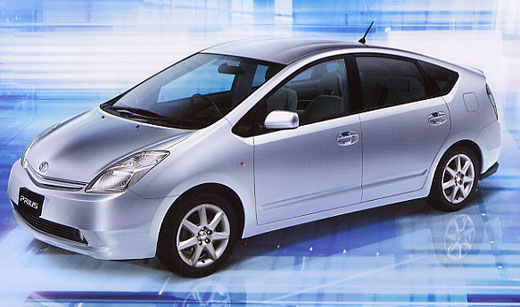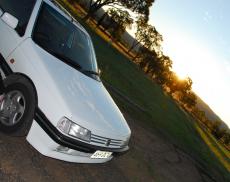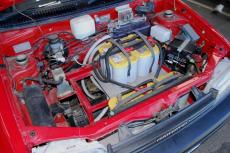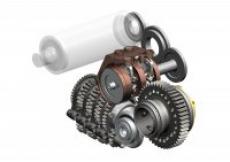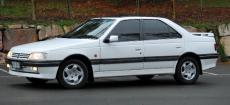 It’s amazing how ‘normal’ is such a flexible term. That idea can be applied as broadly as you wish – normality in society simply depends on majority behaviour, nothing else – but here I’m applying it to fuel consumption.
It’s amazing how ‘normal’ is such a flexible term. That idea can be applied as broadly as you wish – normality in society simply depends on majority behaviour, nothing else – but here I’m applying it to fuel consumption.
The main reason I picked a Peugeot 405 diesel as our project car is fuel consumption. Like the hybrid petrol/electric NHW10 Prius that I turbo’d, the Pug has to maintain good fuel economy, even with the performance modifications that I’m doing.
Basically, if it starts to drink like a Commodore, the project’s a failure. [Where oh where is the Commodore diesel?!]
And I am not talking about fuel consumption in some economy run; nope, I’m talking my real-life consumption. Most of my driving is up and down the steep mountain where I live, plus a little urban and a fair serving of freeway. Over long experience I have realised that this driving regime penalises small engine cars – they have to work really hard climbing the big hill – and so no economical car gets optimal fuel consumption in these conditions. That’s especially the case with the air con running. But that’s where my cars are driven, so it’s the fuel consumption that applies to me.
My hybrid Honda Insight, capable in the right freeway conditions of turning in a real-life 2.8 litres/100km, gets in the high Threes / Low Fours in my normal use. The turbo Prius, off the road now with a defective high voltage battery, got in the mid-Sixes.
Frank the now departed modified EF Falcon, got in the mid-Tens to low-Elevens and my standard Lexus LS400 (also now departed) got similar consumption.
And the Peugeot? The first tank, with the car driven on my local roads, yielded a measured economy of 6.9 litres/100km.
A 700-odd kilometre country drive, two adults, one child and a fair amount of luggage resulted in 5.7 litres/100km.
Another tank involved lots of performance testing, dyno runs, draining of fuel from the filter to remove water, and up and down the hill and some freeway work. The result was 7.0 litres/100km.
Now these results are pretty damn’ good. The Pug, while certainly no performance demon, is a comfortable car with room for four, a big boot, very good air conditioning (in fact, with the heavily tinted windows, amongst the best air conditioning systems of any car I’ve ever driven!), and – most critically – it cost only AUD$6900 to buy. (Even the cheapest hybrid is roughly twice the dollars.)
But today when I punched the calculator’s buttons to work out the consumption of the most recent tank, I was rather disappointed. After a whole bunch of mods (which we’ll detail in due course in AutoSpeed), mods which have revolutionised on-road performance, I saw the fuel consumption number and felt a bit miserable.
Yes, the tank might have included towing a 6×4 trailer loaded with two large bookcases – the aero drag on the freeway was like a giant hand pulling the Peugeot back!
Yes, it also included the climb up the hill with the trailer, air con running and two adults and a child in the car; the 1.9 litre Pug was certainly working hard. (I’d love to know how hot the intercooler got!) And the air con was running for basically the whole time this tank of fuel was being consumed.
So 6.6 litres/100km is actually quite fantastic: but when I saw the digital numbers, I was disappointed. That’s what looking at the Honda Insight’s fuel economy read-out does to you… it changes your definition of ‘normal’!

 Julian Edgar, 50, has been writing about car modification and automotive technology for nearly 25 years. He has owned cars with two, three, four, five, six and eight cylinders; single turbo, twin turbo, supercharged, diesel and hybrid electric drivelines. He lists his transport interests as turbocharging, aerodynamics, suspension design and human-powered vehicles.
Julian Edgar, 50, has been writing about car modification and automotive technology for nearly 25 years. He has owned cars with two, three, four, five, six and eight cylinders; single turbo, twin turbo, supercharged, diesel and hybrid electric drivelines. He lists his transport interests as turbocharging, aerodynamics, suspension design and human-powered vehicles.

